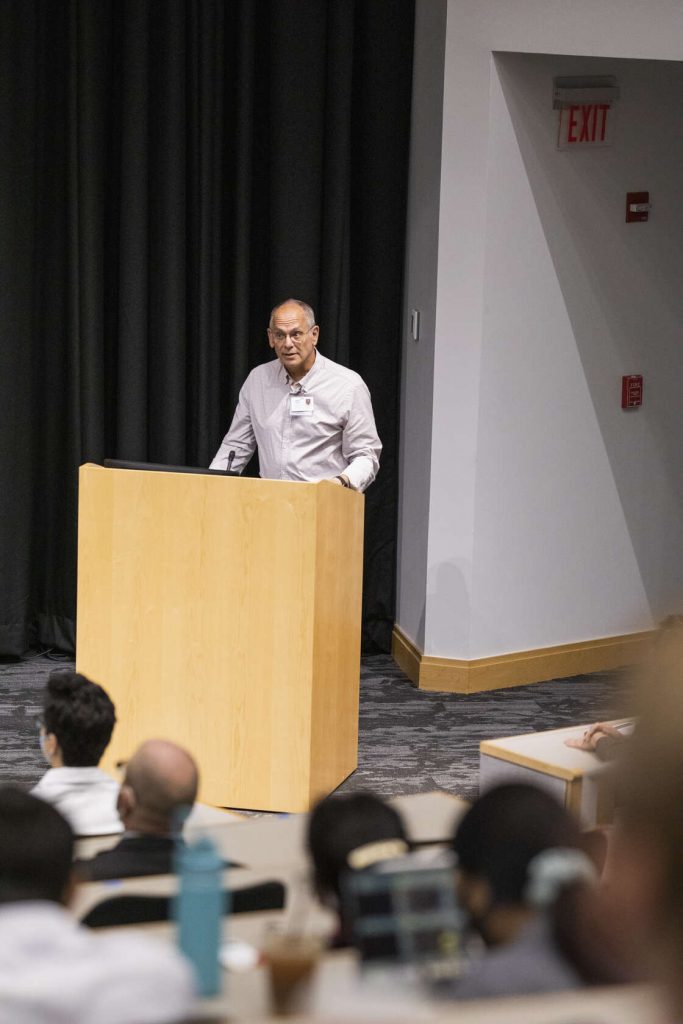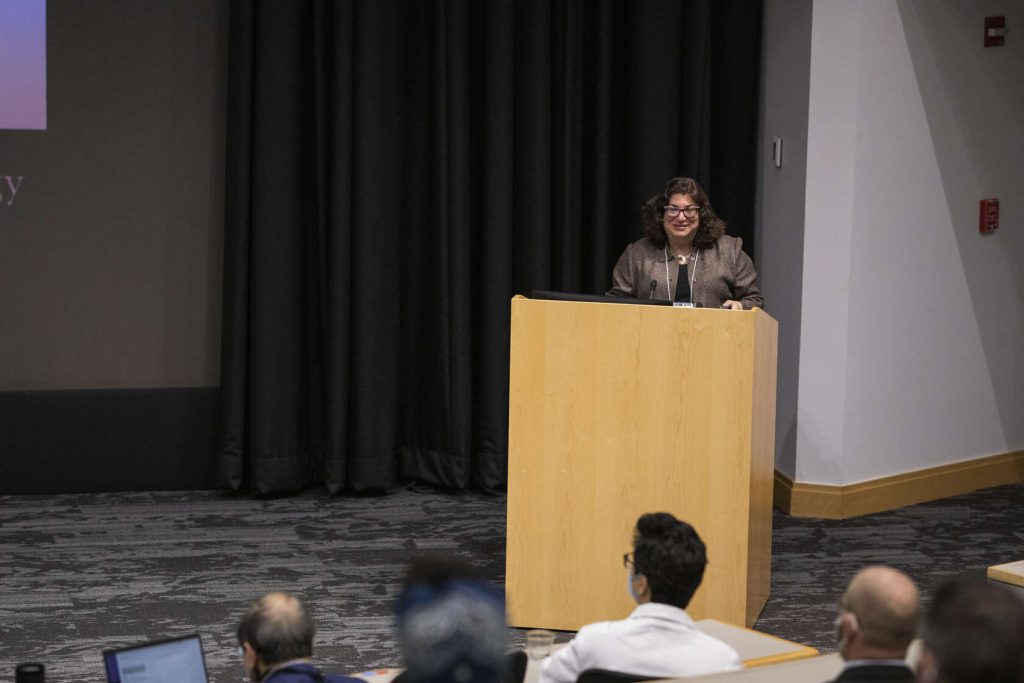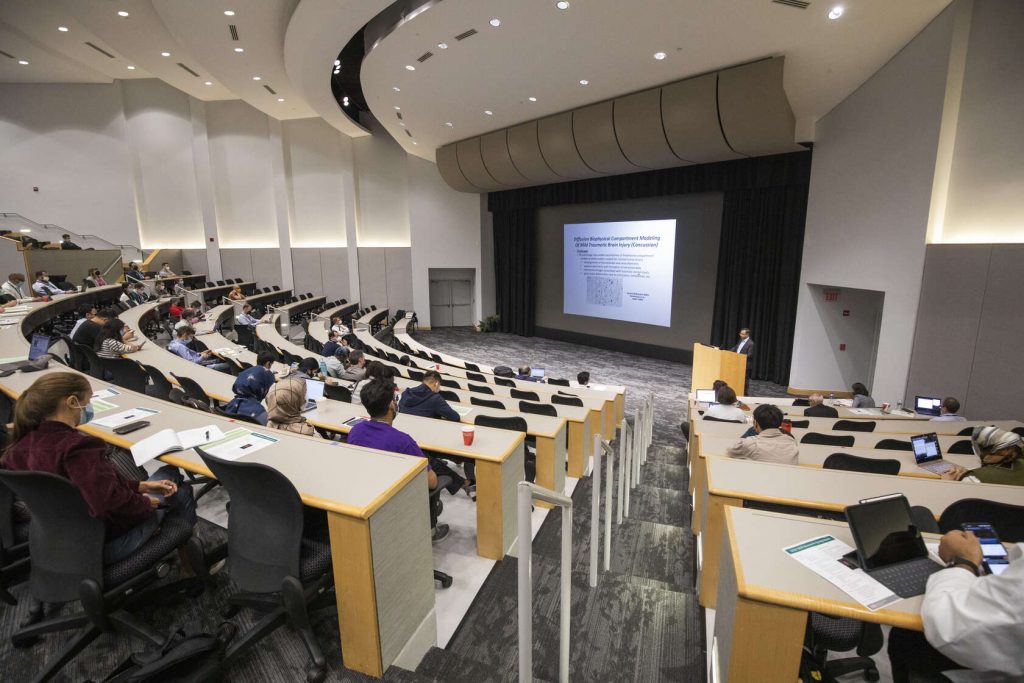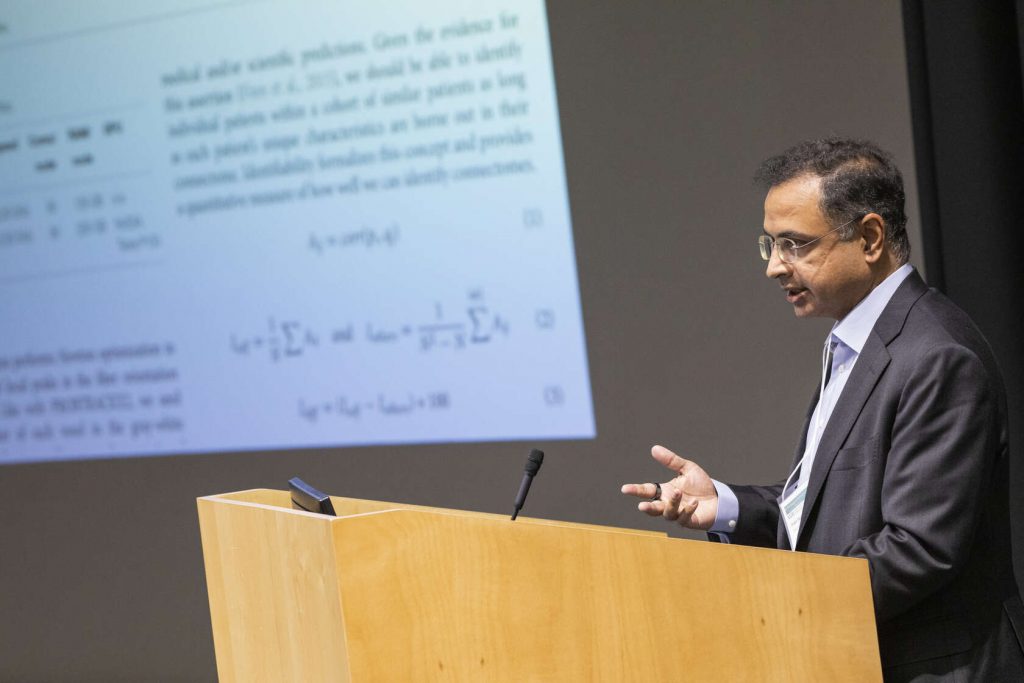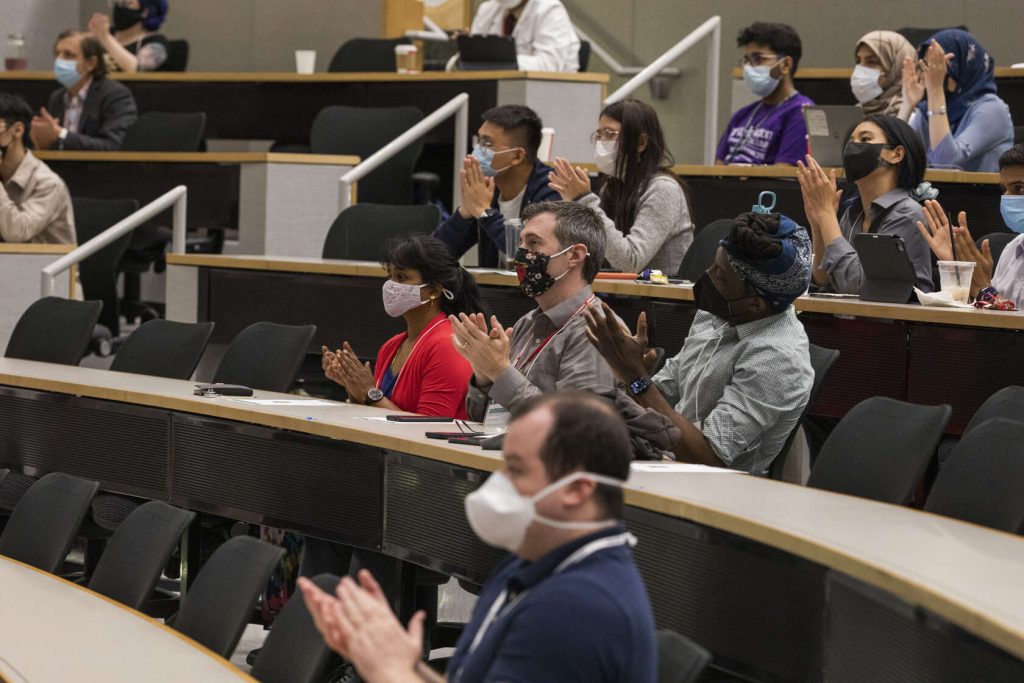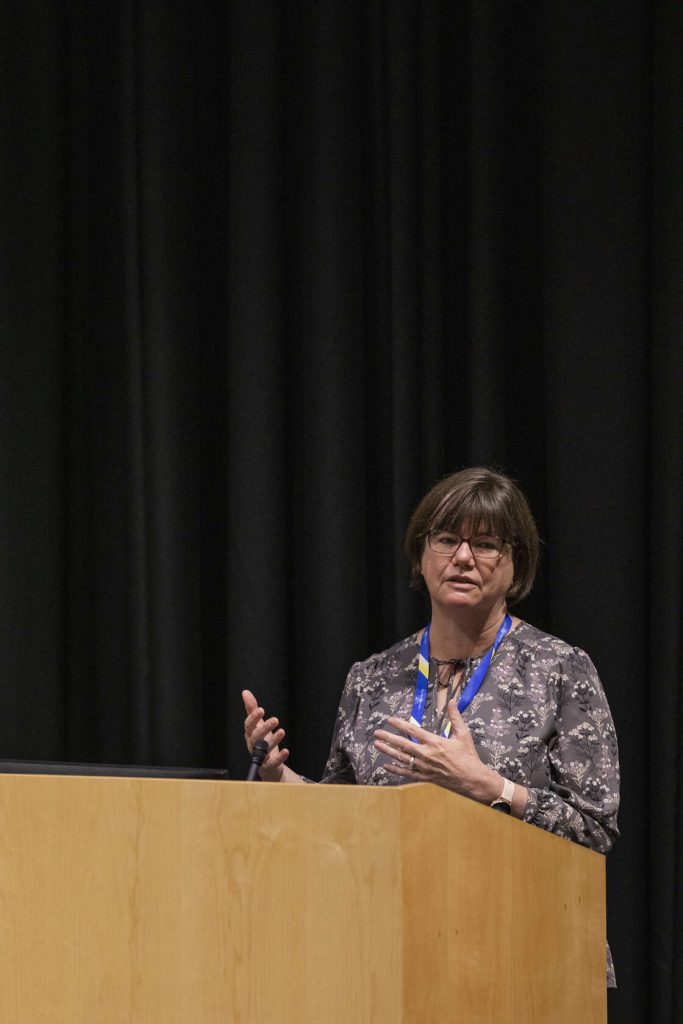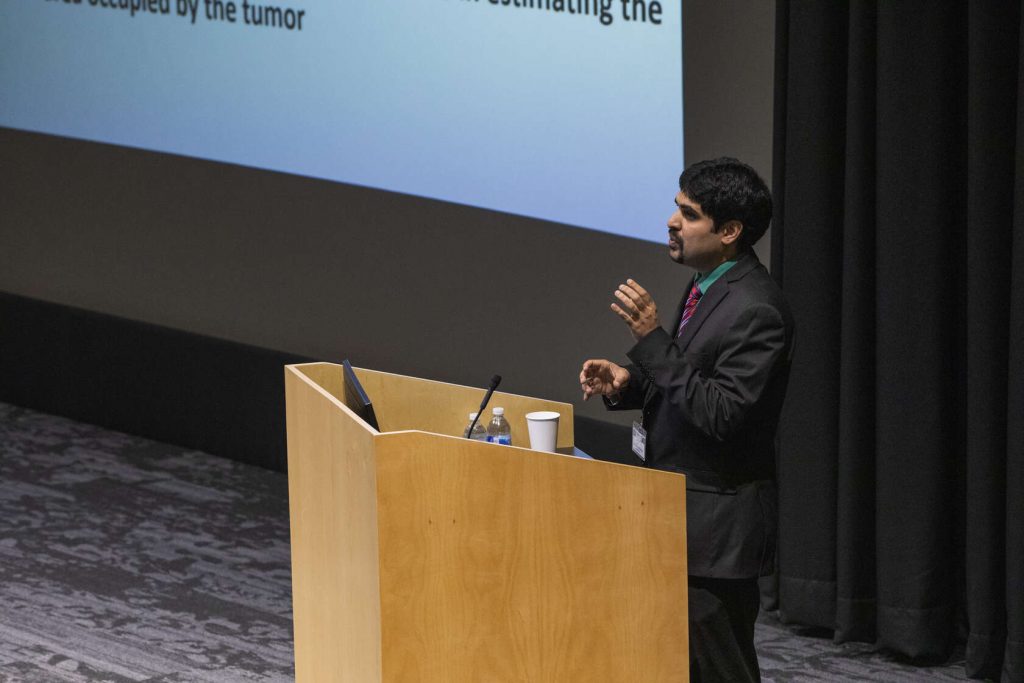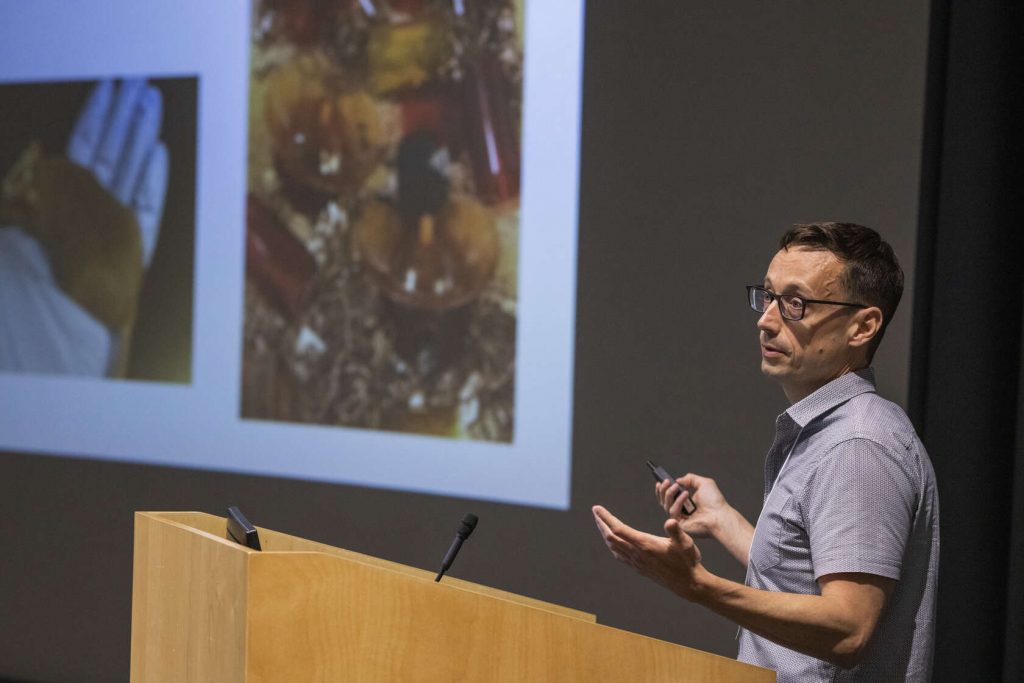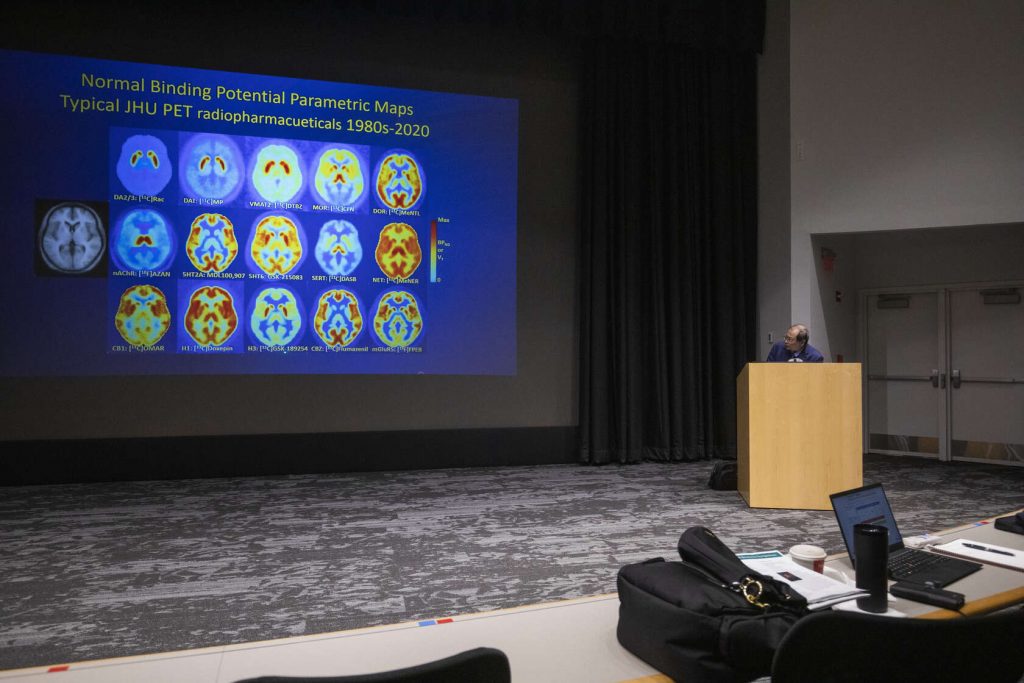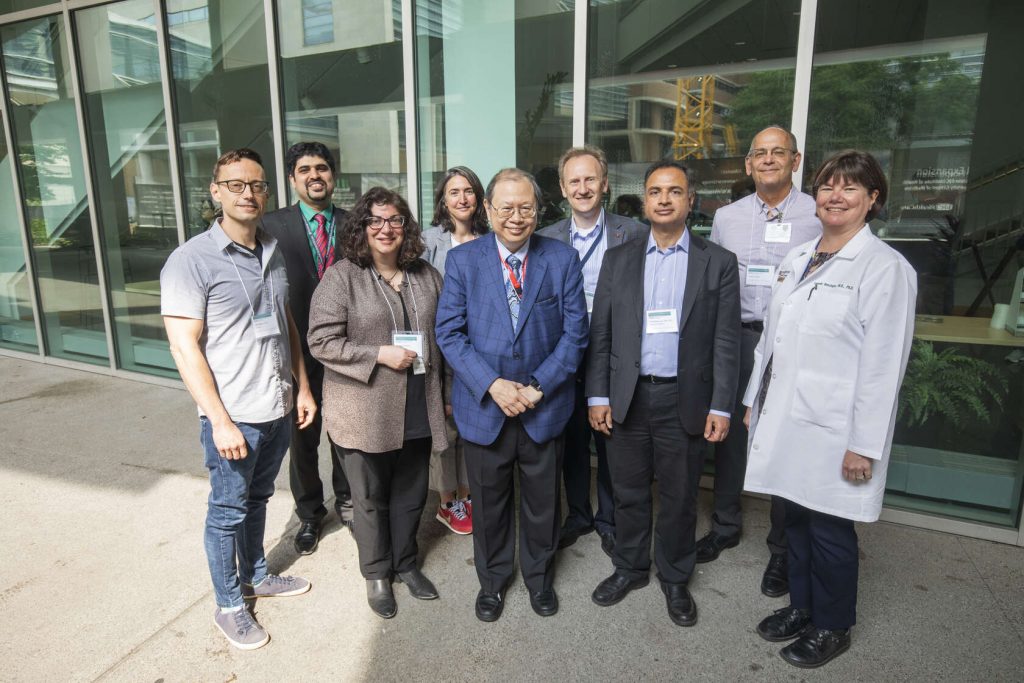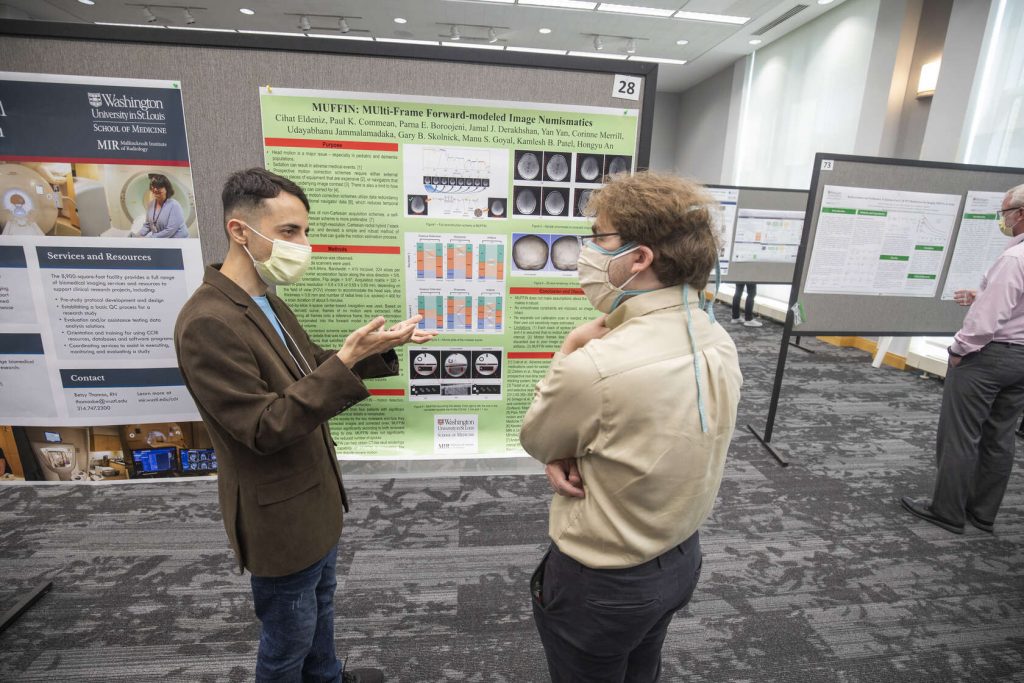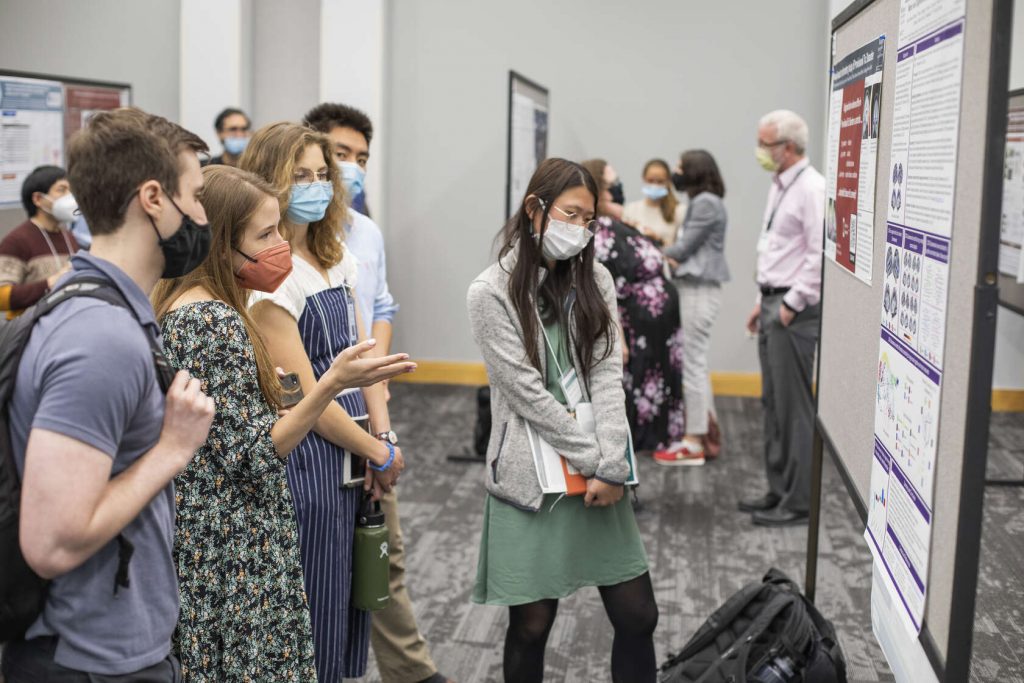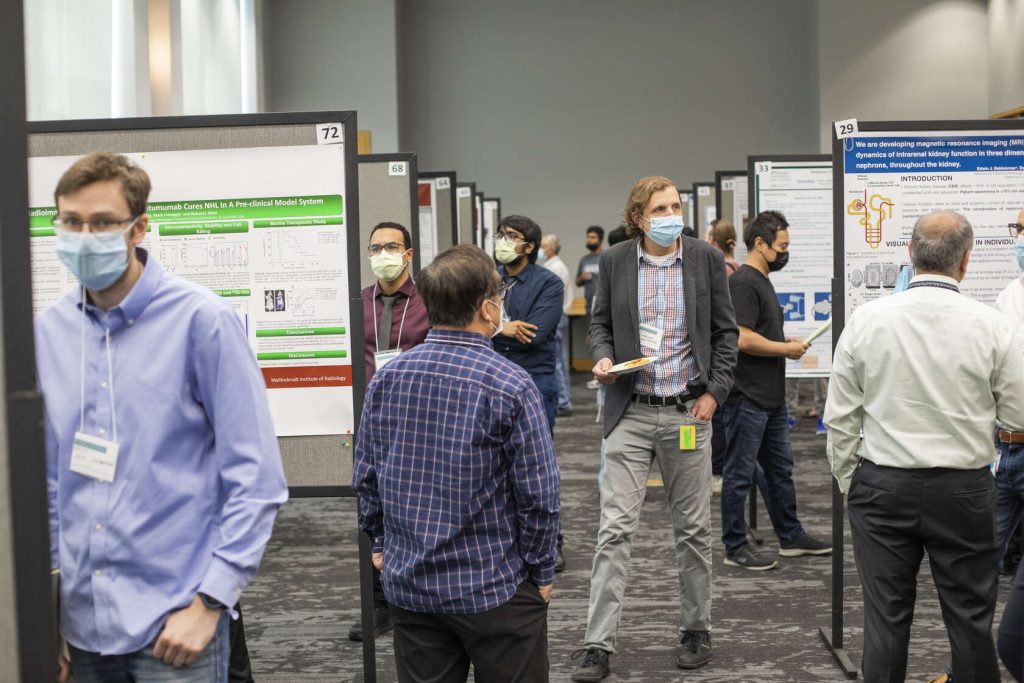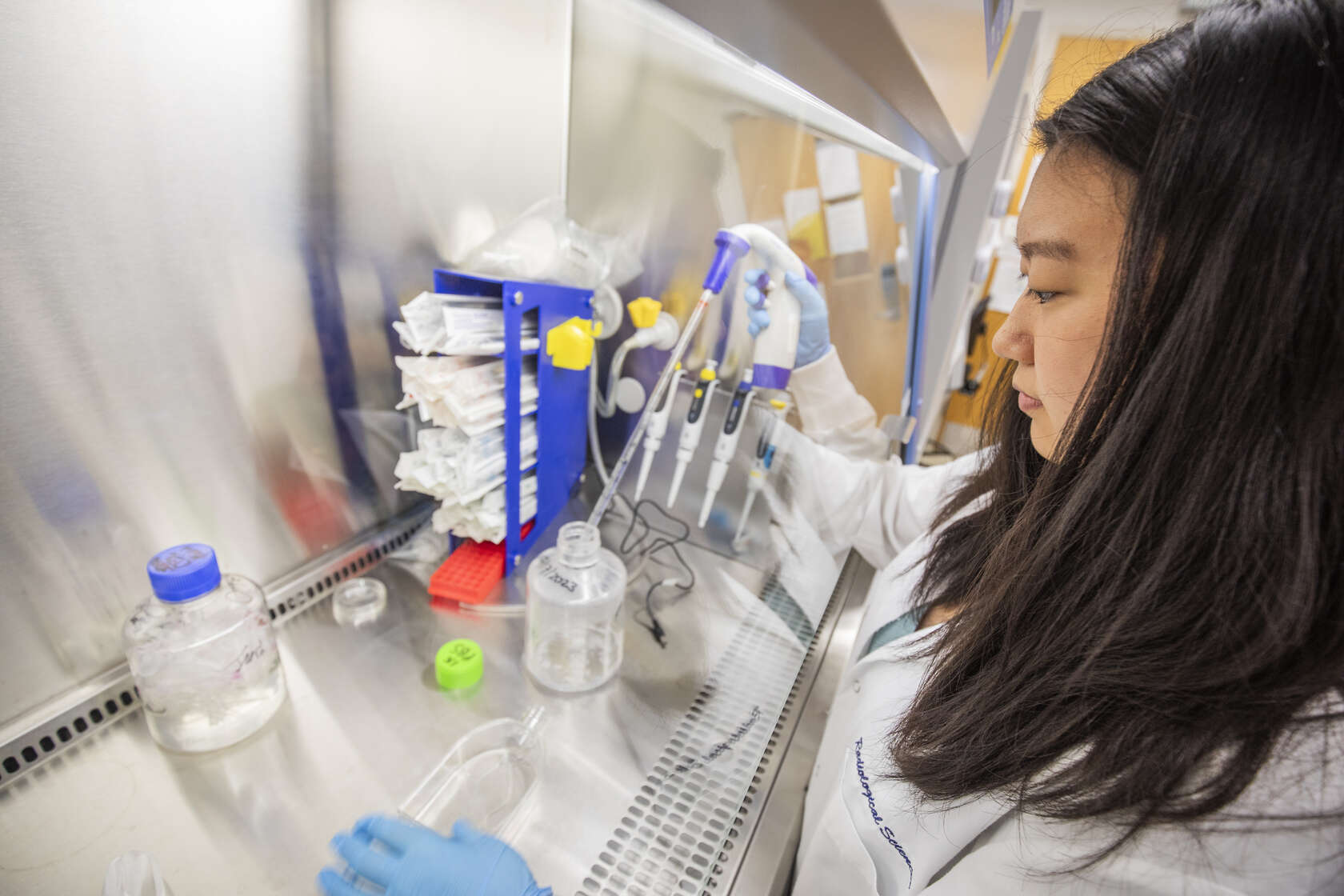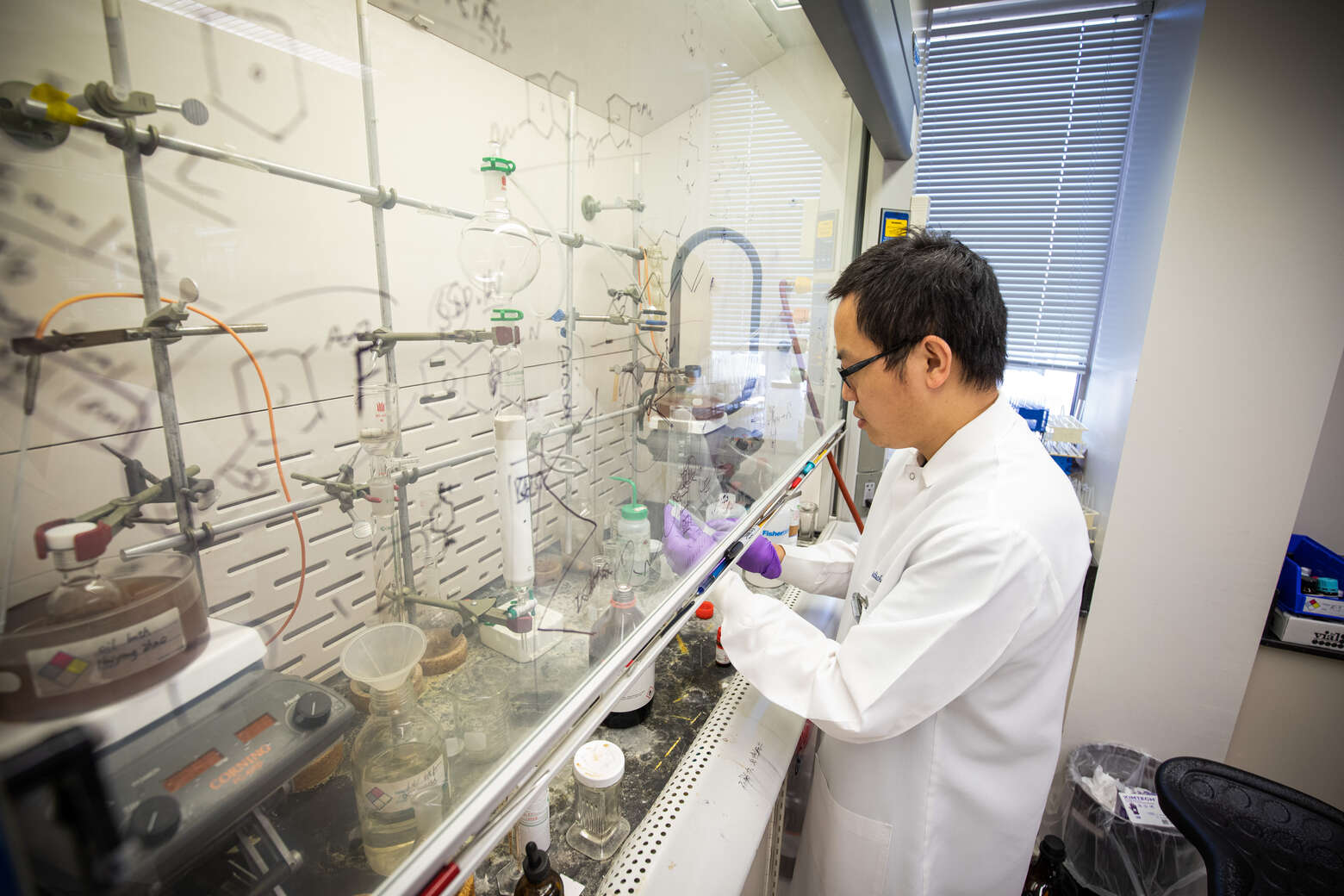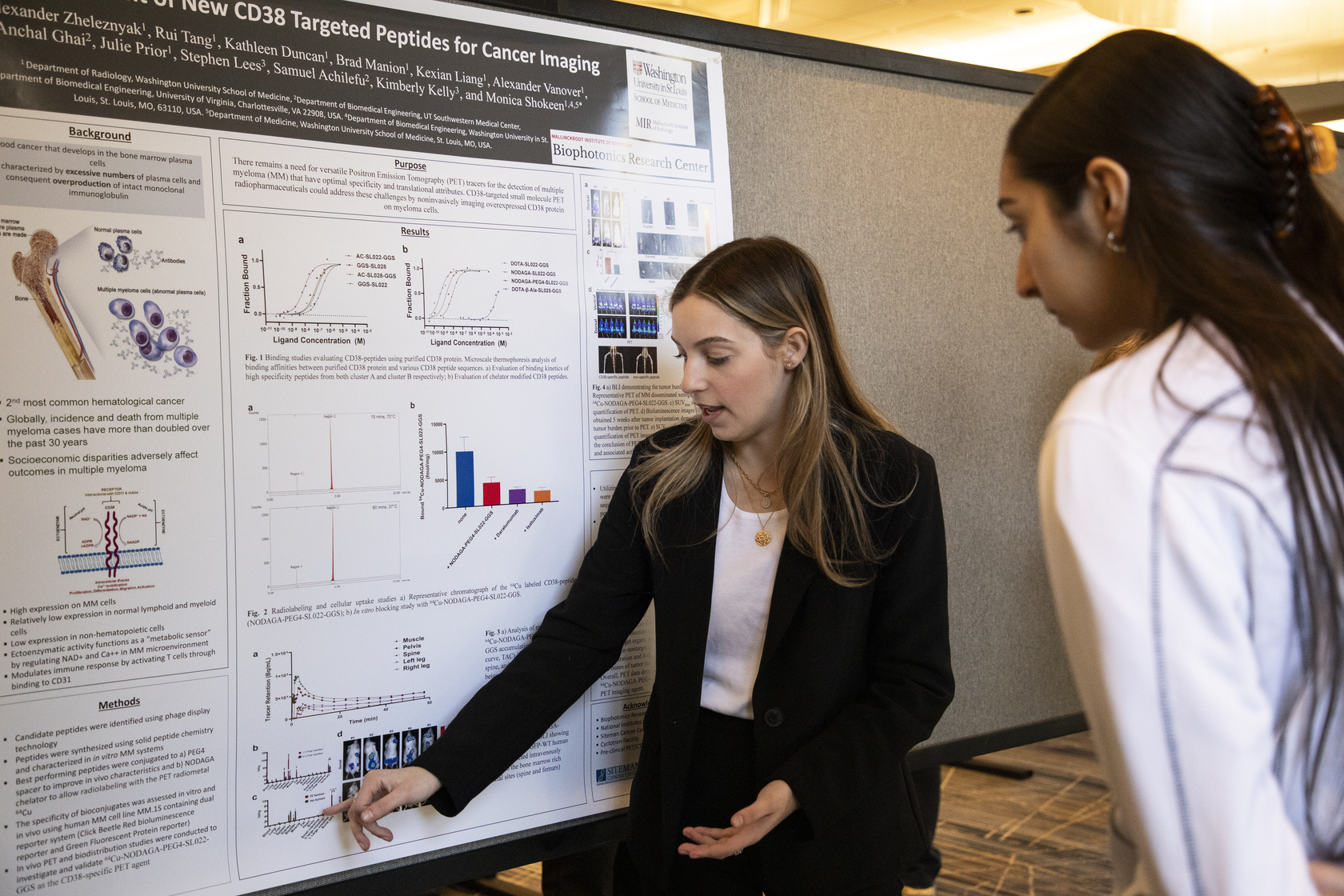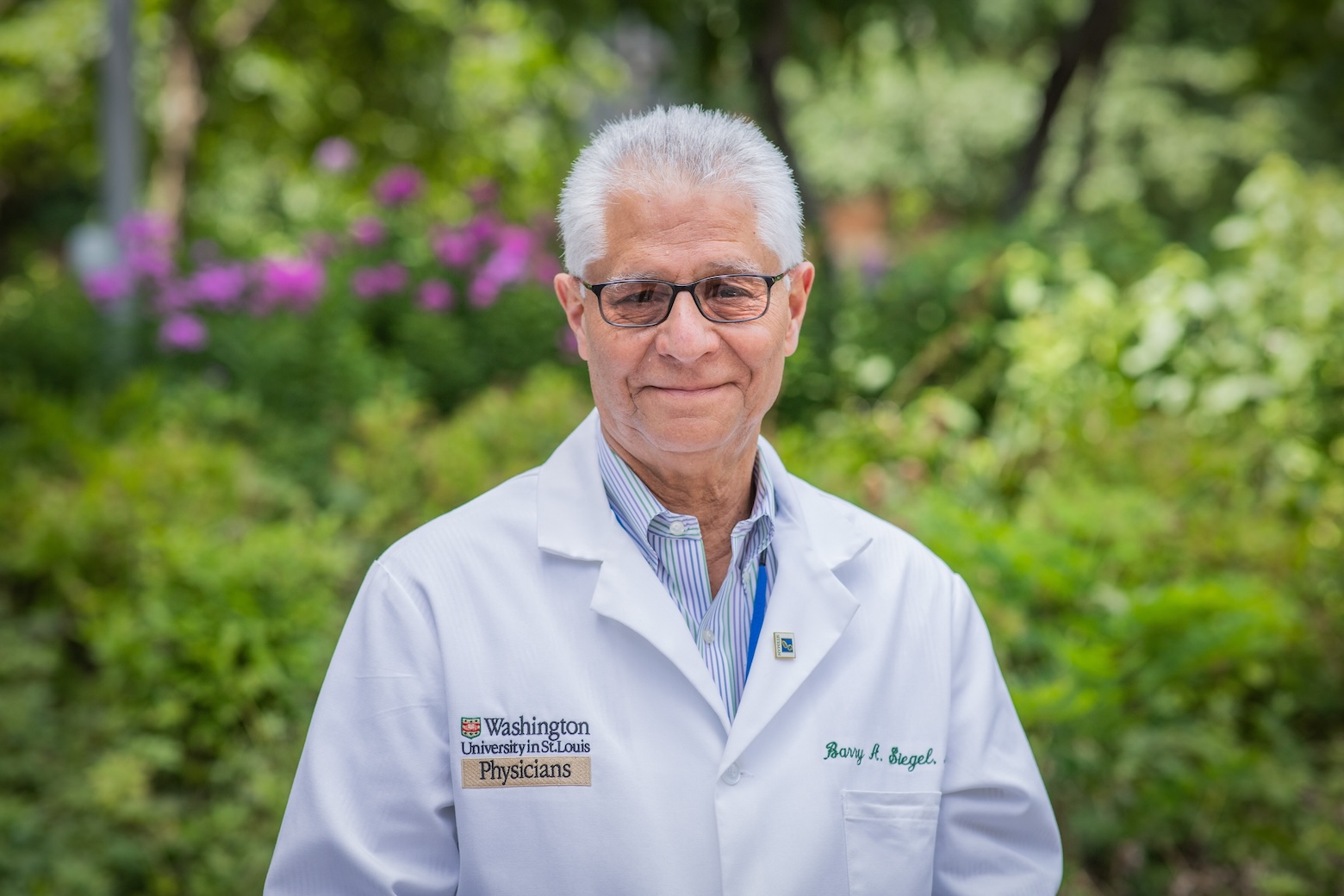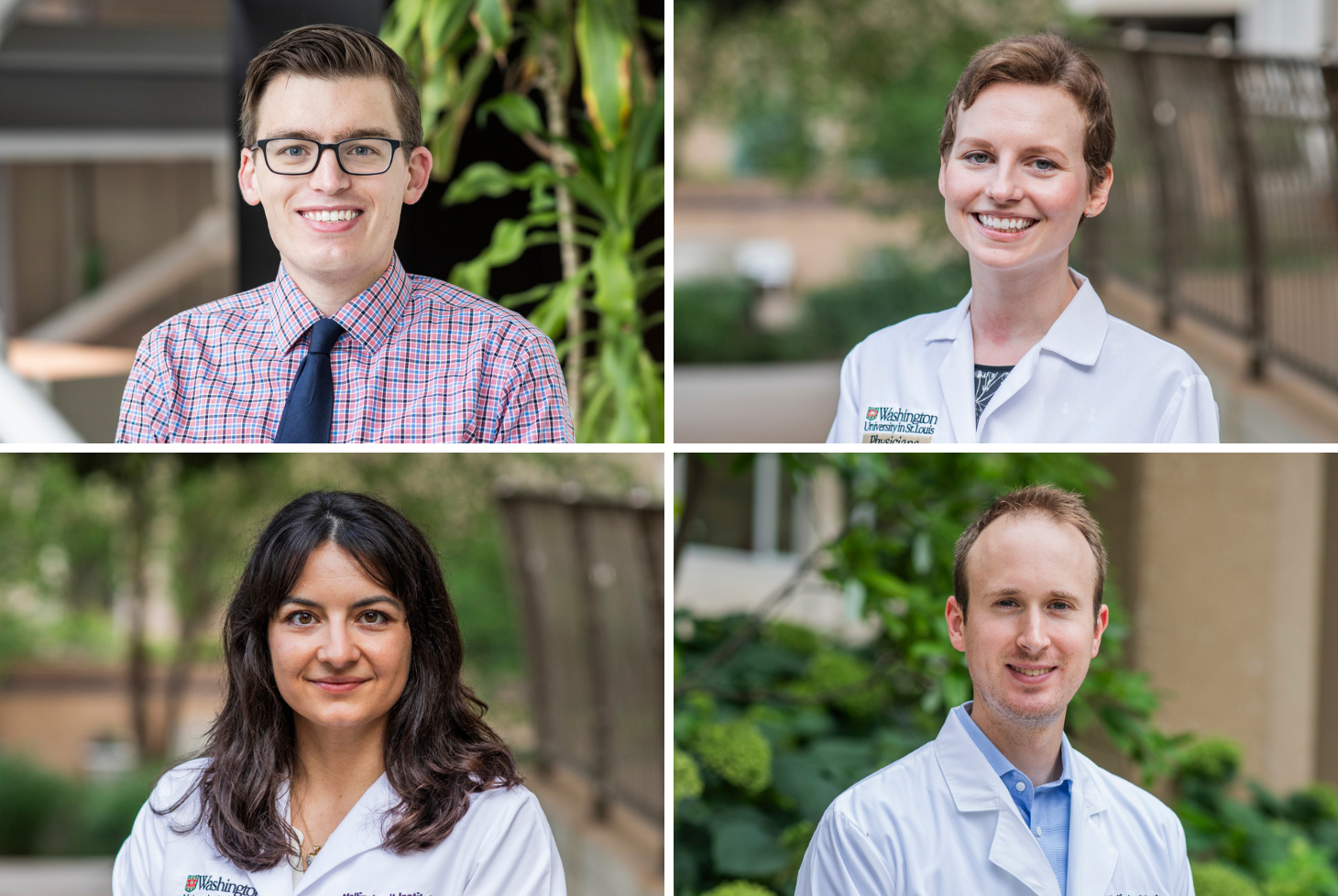Annual Symposium Highlights Innovative Radiology Research
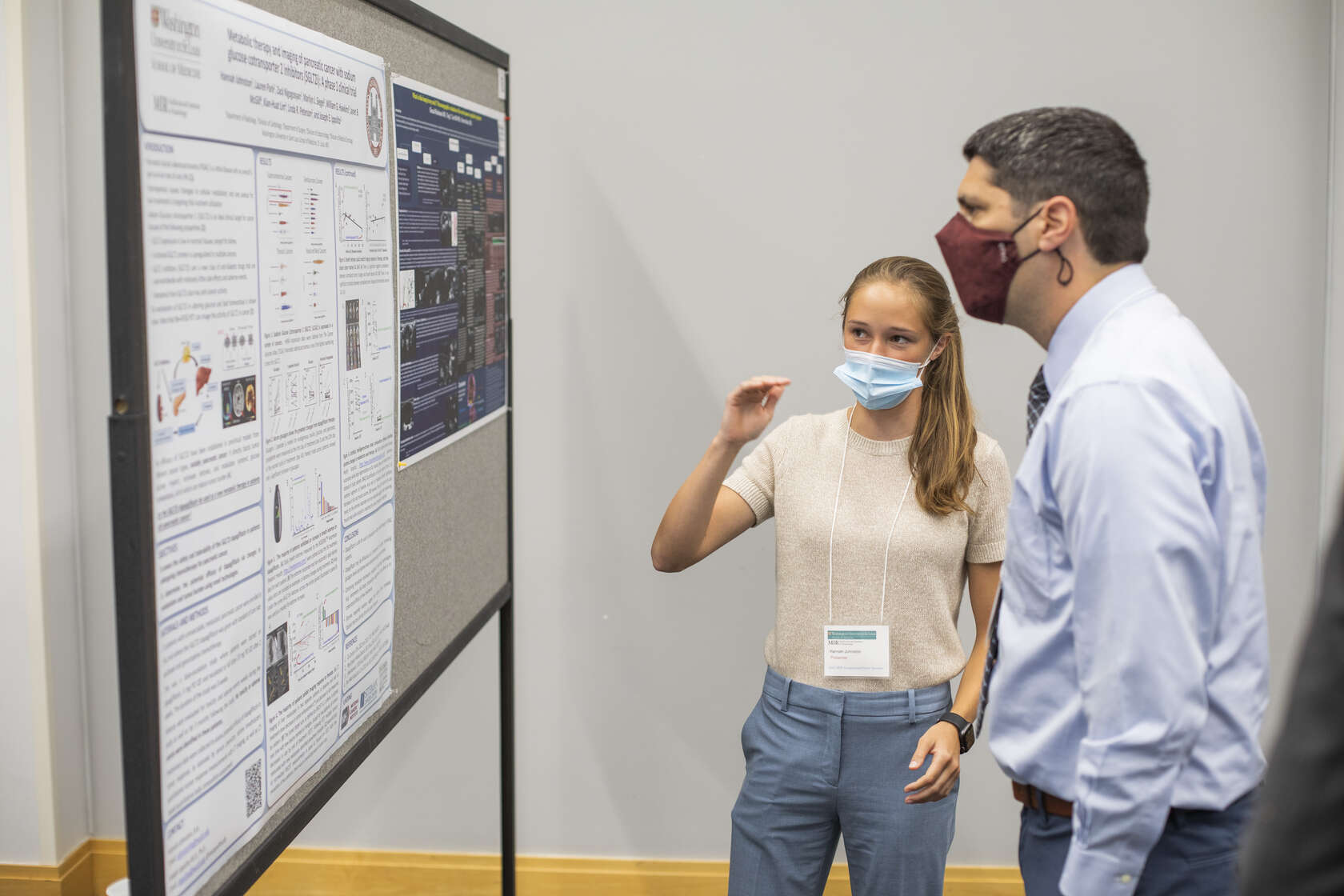
Every year, investigators share their ongoing basic and clinical research at the Mallinckrodt Institute of Radiology Research Symposium. Held in the Eric P. Newman Education Center at Washington University School of Medicine in St. Louis, the hybrid audience was welcomed by Richard L. Wahl, MD, Elizabeth E. Mallinckrodt Professor of Radiology and MIR Director; Robert J. Gropler, MD, professor of radiology and senior vice chair and division director of radiological sciences; and Pamela K. Woodard, MD, Hugh Monroe Wilson Professor of Radiology and senior vice chair and division director of radiology research facilities.
Wahl emphasized how the innovative research happening at MIR impacts patient care and shapes the future of radiological research. “Our research enterprise at MIR is strong and the innovations of today are the practice of tomorrow,” he said. Gropler highlighted how MIR’s dedication to research led to it being named the second-highest earner in 2021 National Institutes of Health (NIH) radiology funding, while Woodard shared unique training opportunities MIR offers, such as the TOP-TIER program.
The keynote lecture — presented by Pratik Mukherjee, MD, PhD, a professor of radiology and bioengineering at the University of California, San Francisco — explored neuroimaging biomarkers in patients with traumatic brain injuries. Additional talks from MIR faculty included:
The day ended with a poster session featuring over 60 posters from investigators.

